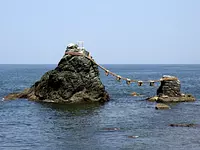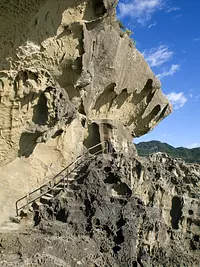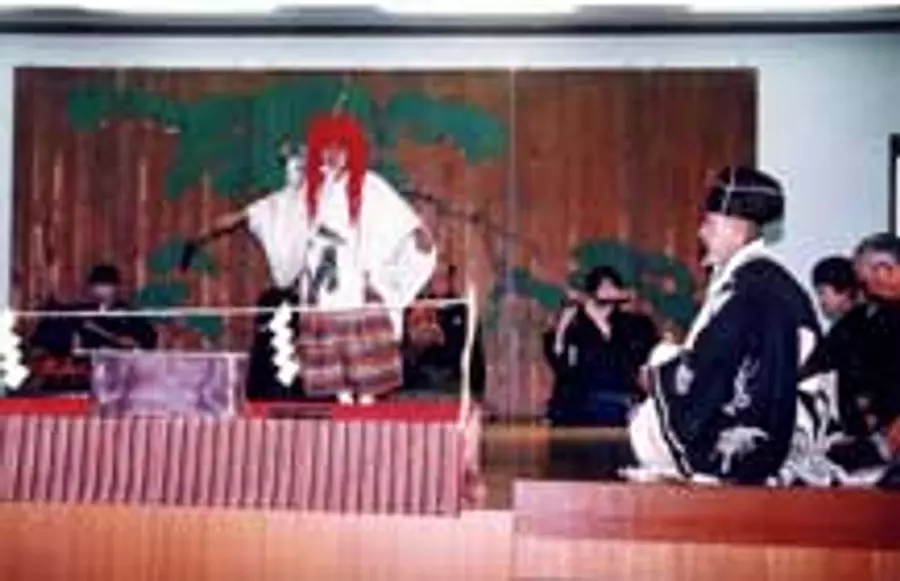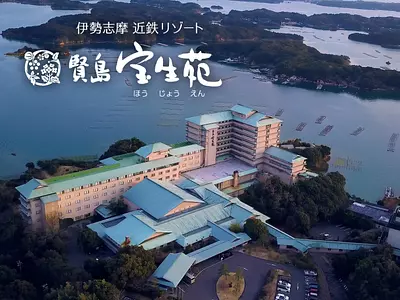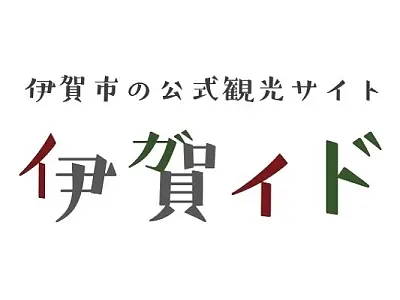General knowledge
Date: February 23rd every year
Michinō traces its lineage to the Katsuta-za Sarugaku-za, which flourished under the patronage of the Kitabatake family during the Muromachi period. It was established around the Genroku period of the Edo period (1688-1704) in connection with Noh, which was ceremonial music for samurai families. Currently, it is being passed down by the Katsuta toricho Preservation Society. It is dedicated every year at the annual festival of Eidori Shrine in late February. The ceremony for the old man is held in front of the main shrine from 10 a.m. After being exorcised and purified by a priest, the temple doors are opened and the dance is performed on a carpet spread on the white sand. After the dedication to the shrine is complete, the stage is moved to toricho Community Center and the Noh performance is performed. Repertoires unique to Tsunoh include ``Dojojo,'' which was created 230 years ago, and ``Yuki,'' named after Munehiro Yuki, a military commander during the Nanbokucho period.
Detailed information
10:00 - Okinai (Shrine) 13:30 - Noh (Community Center) (*Scheduled)
free
From Kintetsu Ujiyamada Station, take the Sanko Bus Ise-Toba Line bound for Toba and get off at "Doriguchi", about a 5-minute walk
*Information as of September 2023. Dates, prices, etc. may have changed, so please check with your contact information before going out.

